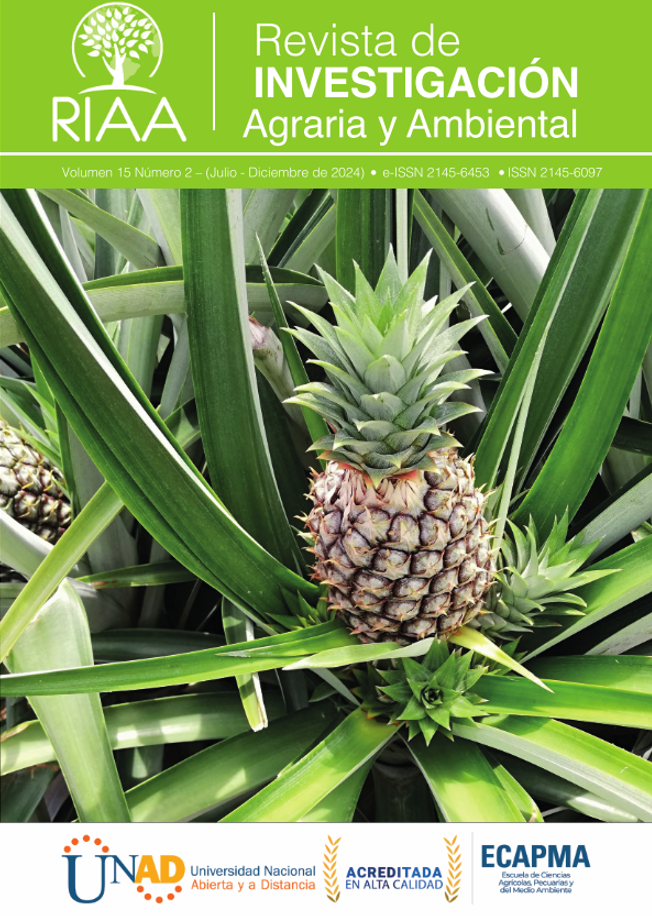Biological control of Fusarium sp. in cape gooseberry plants (Physalis peruviana L.) at greenhouse level by combined application of Trichoderma sp. AND Bacillus sp.
Contextualization: The production of cape gooseberry (Physalis peruviana L.), an exotic fruit of great commercial importance in Colombia, has been limited by the presence of Fusarium sp. Which causes losses of up to 40% of production; this pathogen is mainly controlled with chemical synthesis products.
Knowledge gap: The individual use of microorganisms for biological control has become a useful strategy to reduce the impact caused by Fusarium sp. However, its activity is limited in the field, and therefore it is necessary to carry out consortium combinations of different native microbial genera as a promising tool for biological control.
Purpose: To evaluate the antagonistic activity of the combined application of Trichoderma sp. and Bacillus sp. as biocontrollers of Fusarium sp. at greenhouse level in cape gooseberry (Physalis peruviana L.)
Methodology: Microorganisms were isolated from soil samples and plant material from a cape gooseberry crop. Isolates consistent with Bacillus sp. and Trichoderma sp. were confronted in vitro conditions to determine the percentage of inhibition over three Fusarium sp. that showed pathogenicity in cape gooseberry seeds according to their germination and root length. The in vivo antagonist activity was tested individually and in a consortium of Bacillus sp. and Trichoderma sp. that most inhibited Fusarium sp. with a higher pathogenicity index. Additionally, these isolates were identified by morphological, molecular and phylogenetic techniques.
Results and conclusions: Seven native isolates consistent with Bacillus sp. with inhibitory activity against three Fusarium sp. were obtained. The bacterial isolate IB4B (identified as Bacillus sp.) registered the highest percentage of inhibition (48%), and TV1 was the fungus with the highest activity (64%) although. It did not differ statistically from TV2 (identified as Trichoderma asperellum). The pathogenicity test indicated that UCMV21 (identified as Fusarium oxysporum) inhibited the germination of 58% of the evaluated seeds. In the in vivo tests on cape gooseberry seedlings, UCMV21 presented low pathogenicity by developing few symptoms of vascular wilt. However, treatments with the Bacillus sp. and Trichoderma sp., achieved control of the pathogen and improved the root length of the seedlings.









